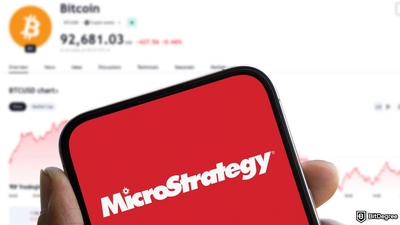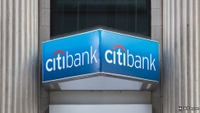Free Airdrop Season 7 is LIVE! Answer fun questions or do simple tasks to earn rewards from the $30K BitDegree prize pool. Participate Now ! 🔥
Pilot of Australia’s CBDC Highlights Potential Digital Payment Uses
Acceptance of digital currency is making rounds worldwide, this time settling in Australia.
The Reserve Bank of Australia revealed its findings on the potential role that a central bank digital currency (CBDC) could play in future payment systems.
On August 22nd, the bank published the report on a pilot run of a CBDC, underlining four key ways in which it could potentially benefit the public.

Did you know?
Subscribe - We publish new crypto explainer videos every week!
What is a Crypto Wallet? (Explained With Animation)


The new digital asset could enable smarter payments, allowing for complex transactions, such as multi-party or multi-stage payments. They can be executed automatically and reduces the risk of failed transactions.
A CBDC can be used to support innovation in financial and other asset markets. The industry seems keen to explore “the tokenisation of financial and other (real) assets on distributed ledger technology (DLT) platforms.”
The asset can also be utilized to promote private digital money innovation and enhance resilience and inclusion in the digital economy.
According to the published research:
CBDC refers to a new digital form of money, denominated in a national currency, that would be issued as a direct liability of the central bank.
Additionally, a CBDC would “provide a guaranteed form of value and eliminate counterparty risk when used as a medium of exchange” since it would serve as a direct claim on the central bank.
The research also revealed legal, regulatory, technical and operational issues attached to a CBDC, as well as areas for further research into the topic.
There was strong industry engagement around the pilot run, and the bank registered around 110 use case submissions from companies that wanted to participate. Only 16 of them were selected to take part in the pilot, which ran from March to July 2023.
This introduction of a new potential digital asset comes at the heels of the National Australia Bank imposing restrictions on some cryptocurrency exchanges.























